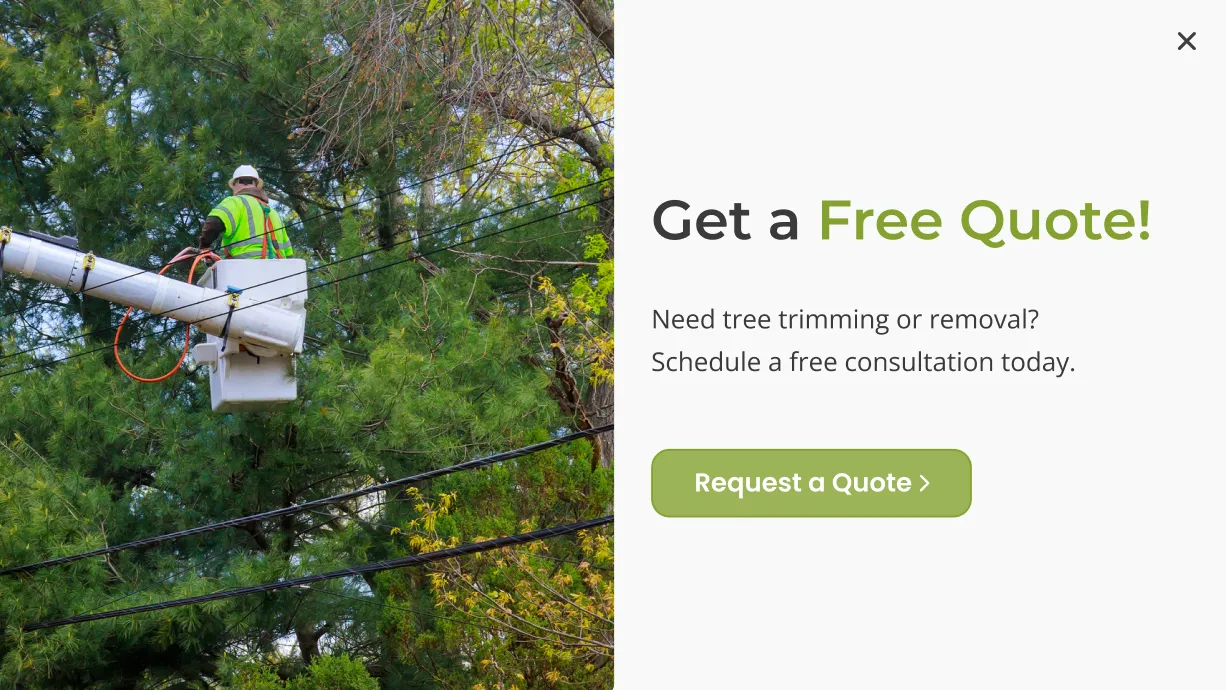Understanding Tree Removal Regulations in Los Angeles
Los Angeles has specific guidelines designed to protect its urban forest. Whether you need a permit to remove a tree depends on several factors, including the tree’s location, size, and species. The city’s commitment to maintaining its green canopy means that most tree removal activities require proper authorization.
Protected Trees and Species
Not all trees are created equal in the eyes of LA’s regulations. The city gives special protection to certain native species, including:
- Southern California Black Walnut
- California Bay
- Western Sycamore
- California Live Oak
- Valley Oak
These protected species require permits for removal regardless of their size or condition. Even if a protected tree is dead or appears to be dying, you’ll need official permission before removing it.
When You Need a Permit
Several scenarios require obtaining a tree removal permit in Los Angeles:
Location-Based Requirements
Trees in the following locations typically require permits:
- Street trees (those located between the sidewalk and street)
- Trees in public right-of-ways
- Protected trees on private property
- Trees that are part of required landscaping
Size Considerations
Even if a tree isn’t a protected species, you may need a permit based on its size. Large trees often require permits due to their significant environmental impact and the complexity of safe removal.
When You Don’t Need A Permit
There are some situations where you might not need a permit to remove a tree:
- Small, non-protected trees on private property
- Emergency situations where a tree poses immediate danger
- Fruit trees in residential zones (with some exceptions)
However, it’s always best to verify with local authorities before proceeding with any tree removal.
How to Apply for a Tree Removal Permit
If you determine that you need a permit, here’s how to proceed:
Application Process
- Contact the Urban Forestry Division
- Schedule an inspection
- Submit required documentation
- Pay applicable fees
- Wait for approval before proceeding
Required Documentation
Be prepared to provide:
- Property ownership verification
- Tree location and species information
- Reason for removal
- Professional arborist report (in some cases)
Important Considerations Before Removing Trees
Environmental Impact
Before removing any tree, consider:
- The tree’s contribution to local ecosystem
- Impact on surrounding wildlife
- Effect on property value
- Potential erosion concerns
Alternative Solutions
Sometimes alternatives to removal might be appropriate:
- Professional pruning
- Root barrier installation
- Careful maintenance and monitoring
Consequences of Unauthorized Tree Removal
Removing trees without necessary permits can result in:
- Significant fines
- Requirement to plant replacement trees
- Legal action
- Property value impacts
Making the Right Decision
When considering tree removal, always:
- Research local regulations thoroughly
- Consult with certified arborists
- Obtain necessary permits
- Consider all alternatives
- Plan for replacement planting if required
Conclusion
While the process of obtaining a tree removal permit in Los Angeles might seem complex, it serves an important purpose in preserving the city’s urban forest. By understanding and following proper procedures, you can ensure your tree removal project proceeds legally and safely while maintaining the environmental integrity of your neighborhood.
Remember that regulations can change, so it’s always best to verify current requirements with local authorities before proceeding with any tree removal project. Taking the time to follow proper procedures protects both your interests and our shared urban environment.



